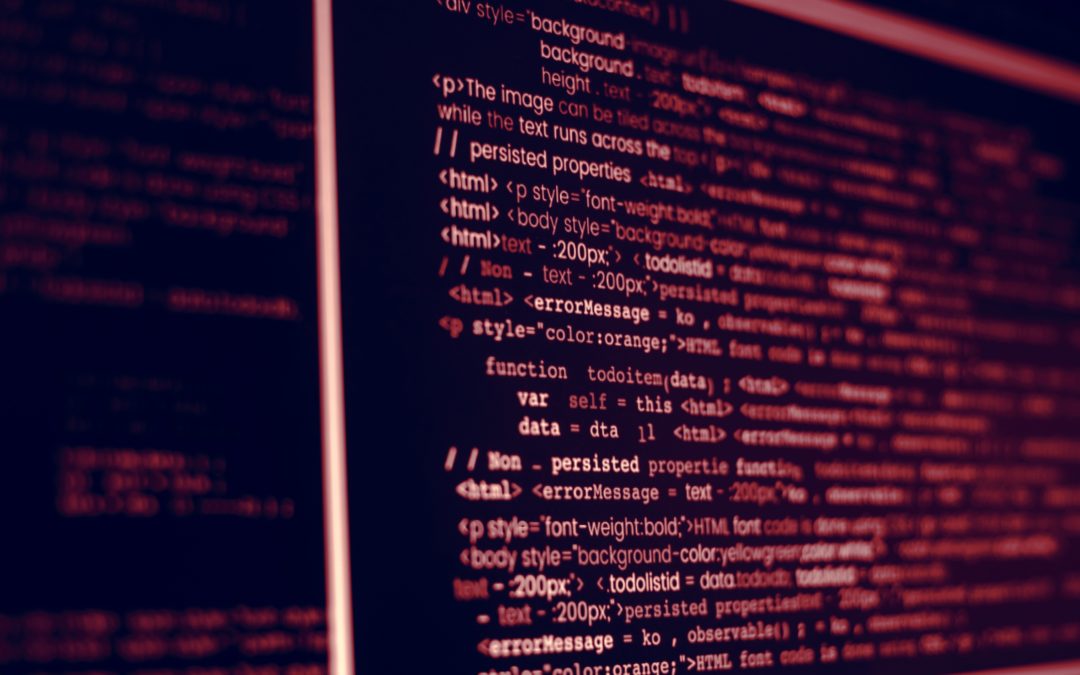By Jiho Kim, B.Com/LL.B. (IV), University of Sydney; Intern, Michelson IP
What does the future hold for the question of whether software can be protected by copyright law in the U.S.? In Google LLC v. Oracle America, Inc., the Supreme Court of the United States (SCOTUS) is set to deliver a critical decision on the copyright ability of software interfaces, which will bring an end to the longstanding battle between two of Silicon Valley’s tech titans.
An Application Programming Interface (API) is an intermediary platform that enables two applications to communicate with each other when developers are creating a new software application. Under 17 U.S.C § 106, Oracle alleges it has suffered $8.8 billion in damages as a result of Google infringing upon its exclusive API copyrights when Google was developing its Android Operating System (“Android OS”).
Many commentators have characterized this case as the “copyright lawsuit of the decade,” and it has partly reignited the debate around the fair use defense, as well as the extent to which software should be protected by copyright in the modern digital age.
Traditionally, in the United States, computer programs such as APIs have been classified as literary works under the Copyright Act, and are therefore protected from unlawful infringements. However, the so-called “fair use” defense under 17 U.S.C § 107 allows limited and transformative use of copyrighted materials without the explicit permission of the copyright holder.
The two pending issues to be considered by the Supreme Court are:
- Whether or not copyright protection extends to a software interface; and
- Whether or not Google’s use of the interface to create a new software program constitutes legitimate fair use.
According to Professor Mark A. Lemley of Stanford Law School, software copyright law has traditionally favored interoperability, or the ability of computer systems or software to exchange and use information across different platforms. He argues that copyright law on multiple occasions has denied protection of computer programs that “exist only for purposes of interoperability like APIs.” Even if the APIs were copyrightable, experts who adopt an active interpretation of the fair use doctrine argue that the law should recognize the right of third parties to copy them when necessary to make their own products. This is because such use encourages creativity, innovation and the dissemination of knowledge.
In 2016, Google asserted that the fair use doctrine justifies the reuse of Oracle’s 37 API packages. However, the Federal Circuit rejected Google’s submission on the basis that merely copying and moving programmable materials from one platform to another without alteration does not constitute fair use because it does not hold a transformative purpose.
Nevertheless, it is interesting to note that in earlier Ninth Circuit cases such as Sega Enterprises Ltd. v Accolade. Inc. for instance, Accolade copying Sega’s entire computer code to operate its video games on Sega’s platform constituted fair use. Similarly, in Sony Computer Entertainment, Inc v. Connectix Corp., creating a Sony game console emulator constituted fair (and transformative) use because it involved creating a new product that was compatible with the old system.
Thus, in closely examining precedent, there seems to be a circuit split in defining the normative fair use defense. Many experts have argued that Google’s fair use defense should have been carefully and even favorably considered by the Federal Circuit. They pointed to the fact that Google only used 37 of the 166 Java API packages to create an entirely new Android OS system, which included more than 15 million lines of code.
In November 2019, Google argued that software interfaces are “methods of operation” and thus not copyrightable. Subsequently, the SCOTUS granted certiorari to Google – this means that the Supreme Court will hear arguments from both sides later this year.
It will be interesting to see whether or not the SCOTUS determines that the Federal Circuit erred in overturning the jury’s findings in favor of Google’s fair use. Despite the outcome, the Supreme Court’s decision will clarify the uncertainties and test the confines of the fair use defense, which will inevitably be controversial in the age of digital disruption.
UPDATE 4/15/21: On April 5, 2021, The Supreme Court sided in favor of Google finally ruling that their copying of a portion of the Java SE computer program is protected as “fair use” as expressed by Justice Stephen Breyer’s opinion:
The fair-use doctrine permits unauthorized use of copyrighted material in some circumstances, including when the copying “transforms” the original material to create something new.
“Google reimplemented a user interface, taking only what was needed to allow users to put their accrued talents to work in a new and transformative program,” Breyer wrote.
For more on this major Supreme Court case, read this piece from TIME.
